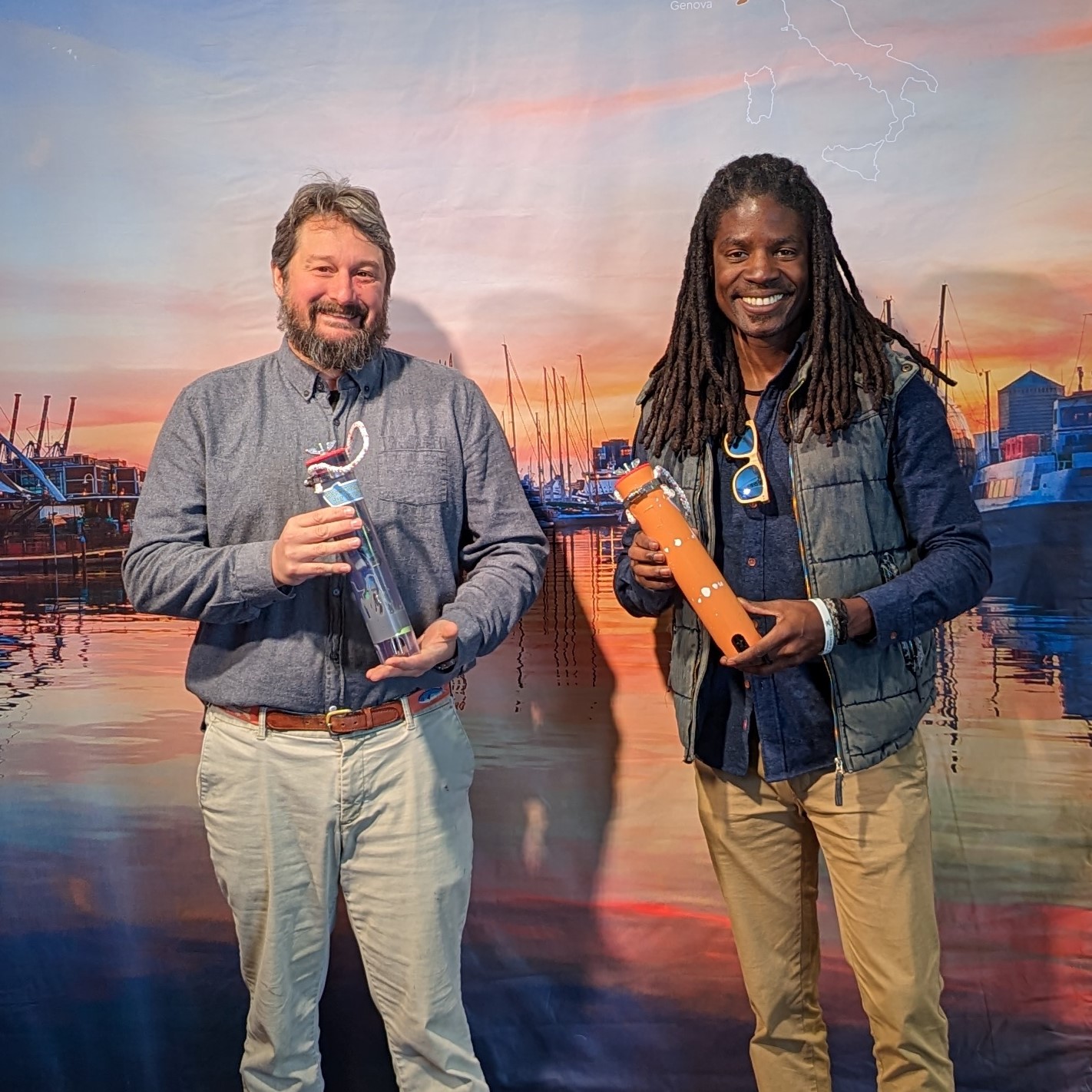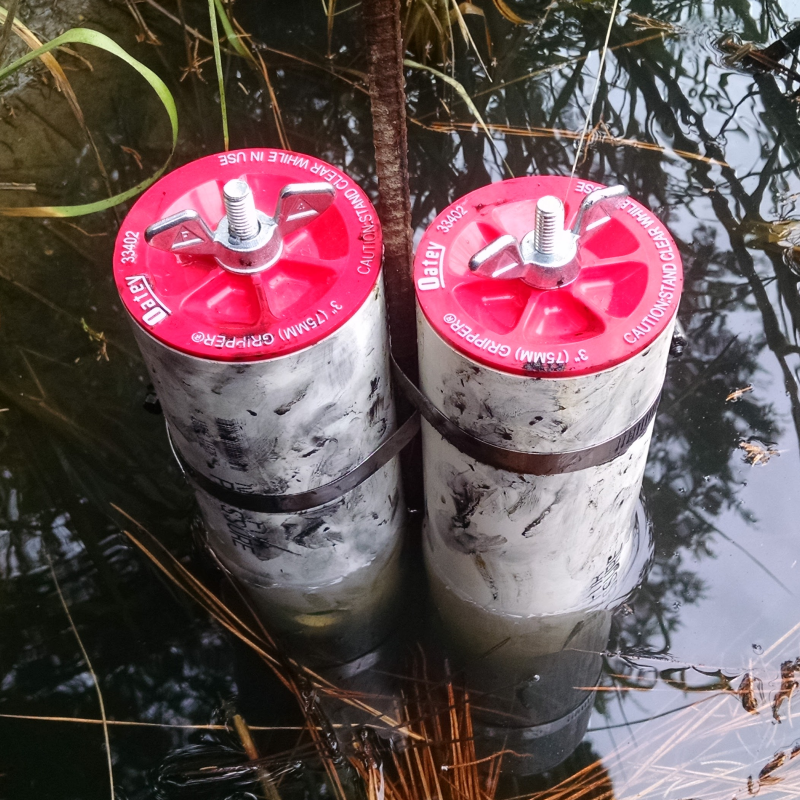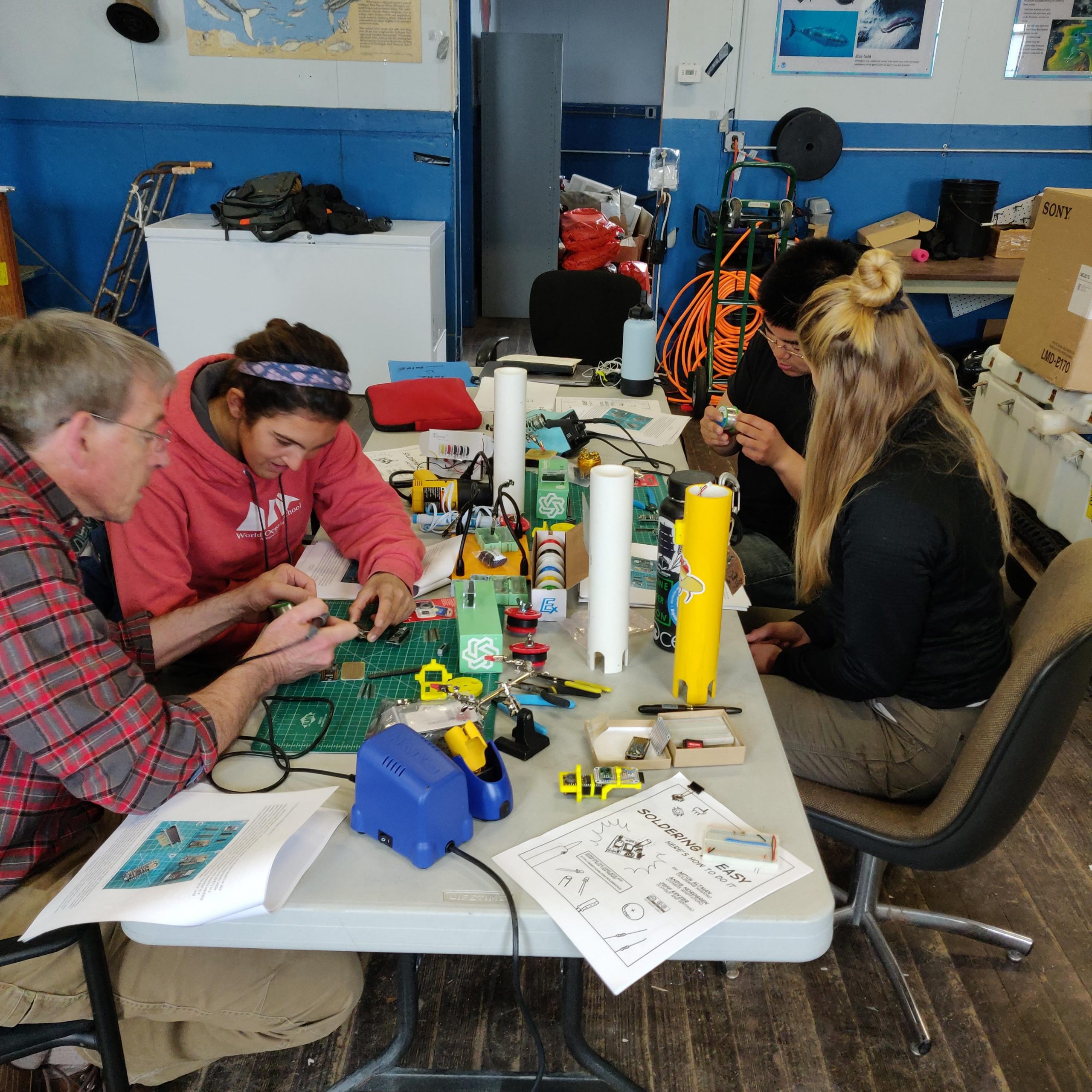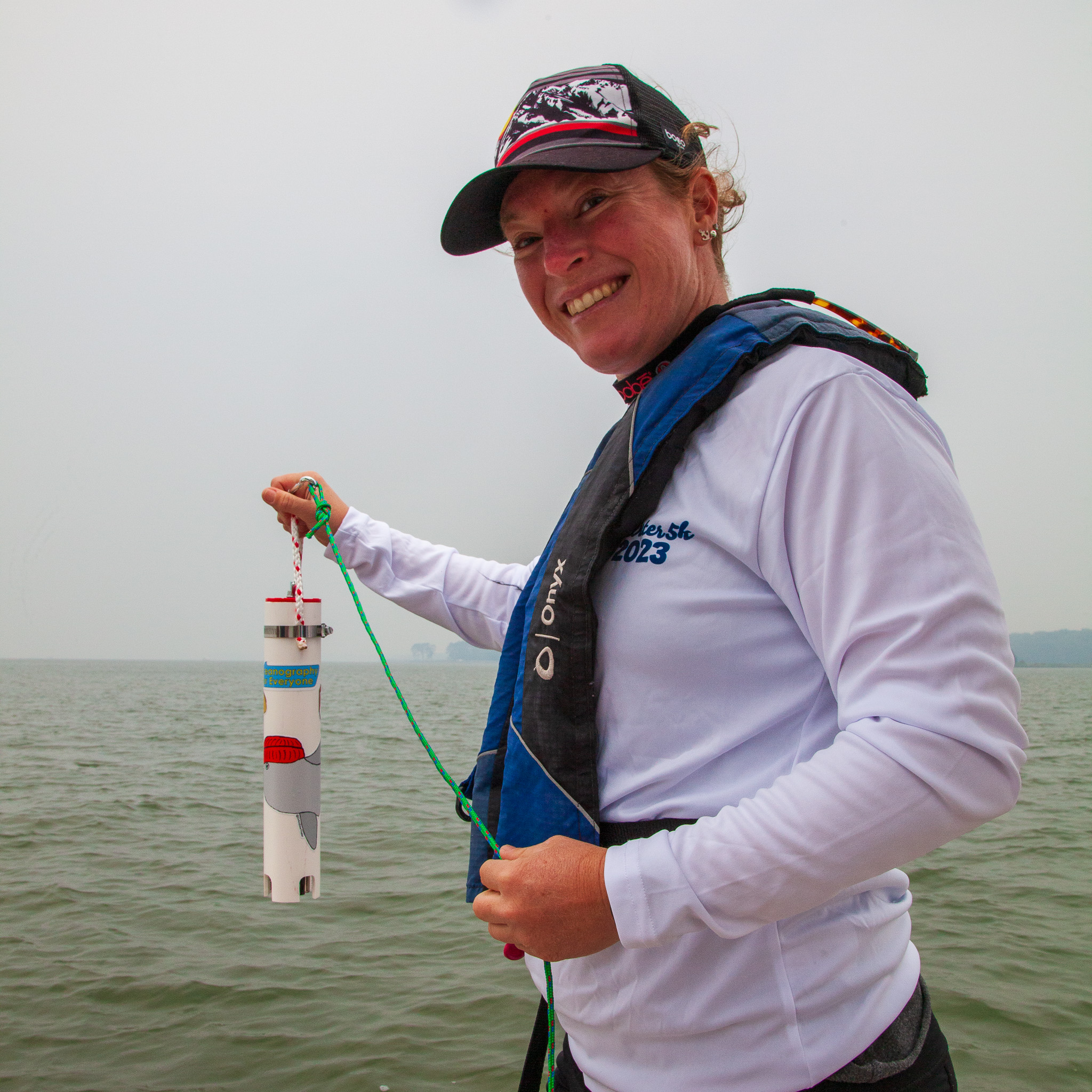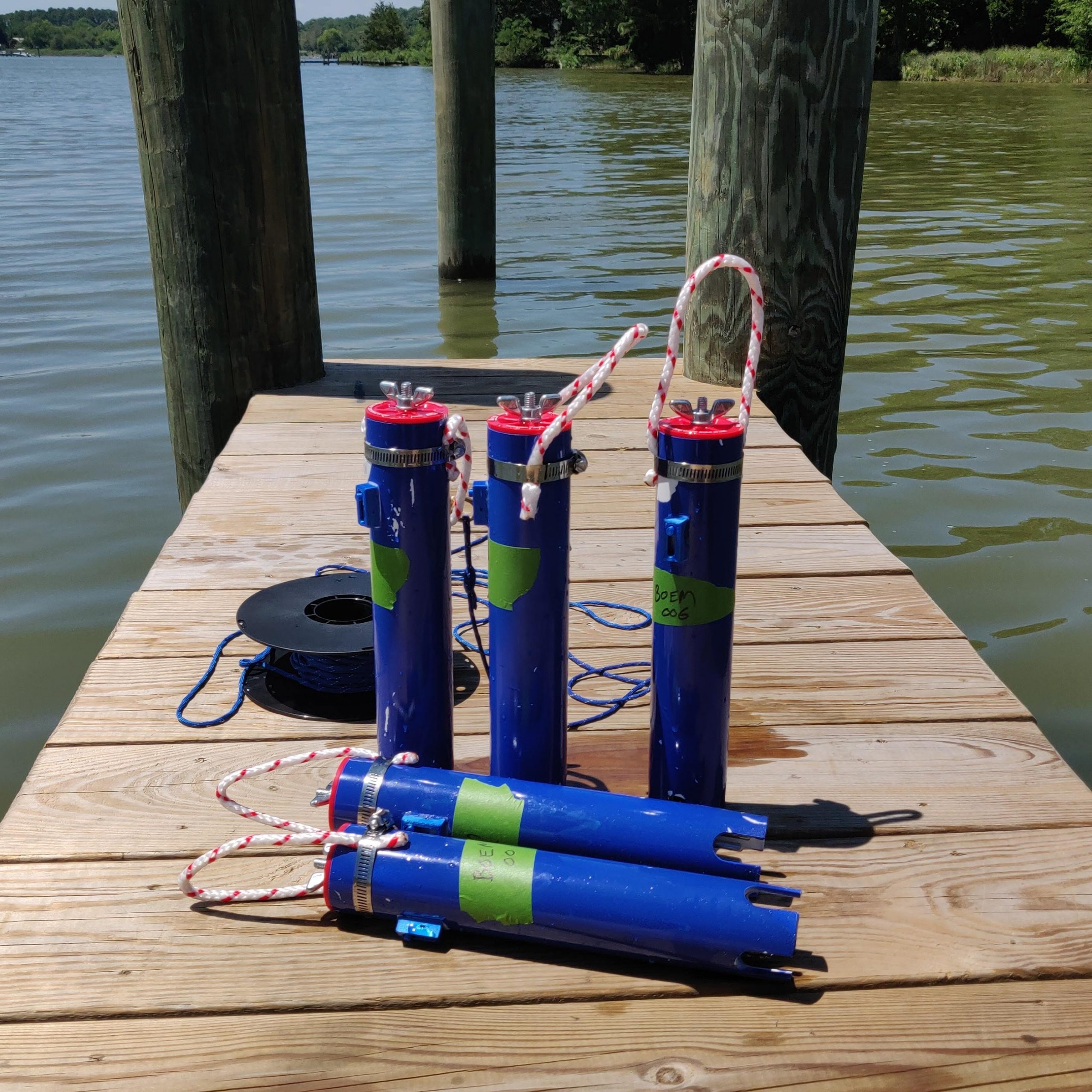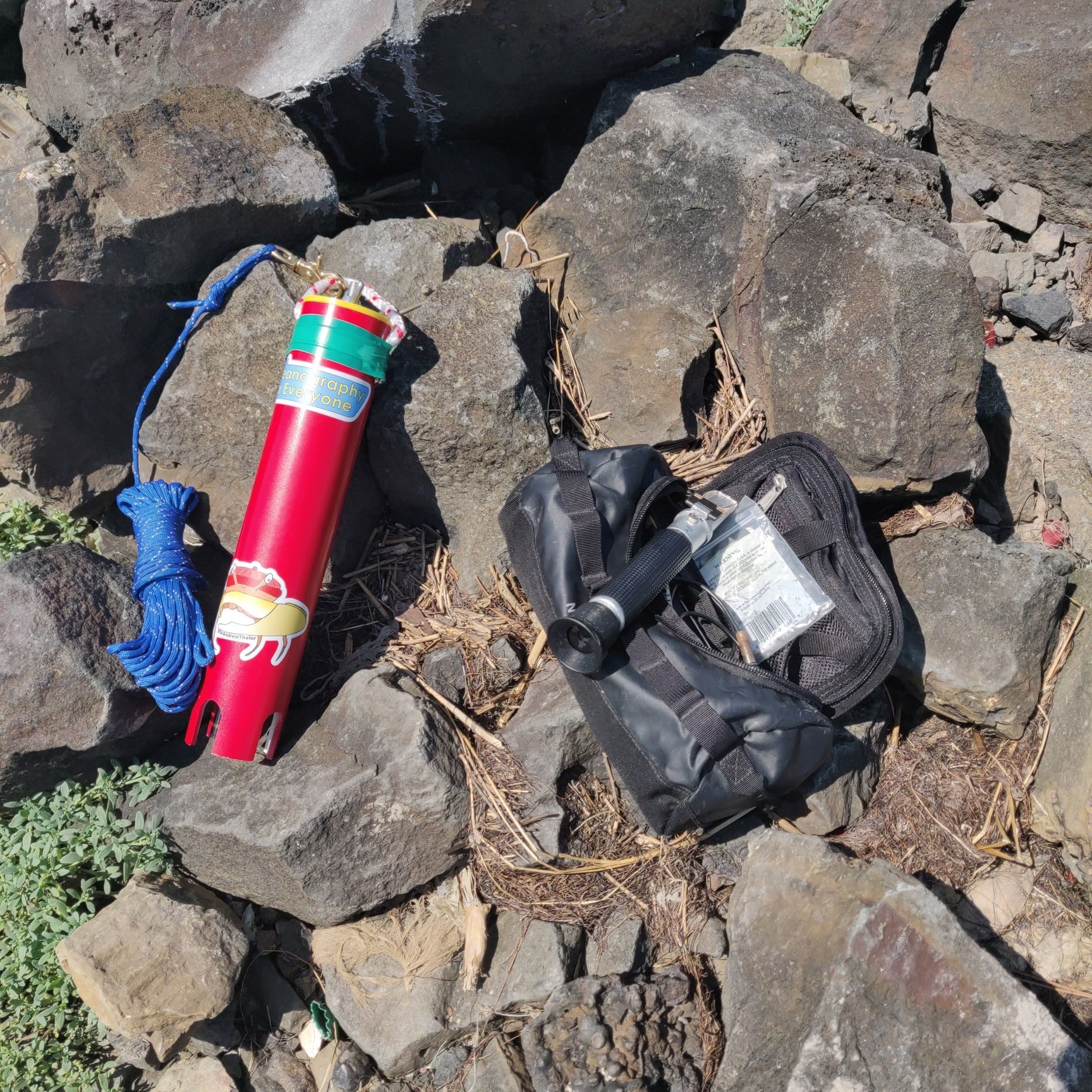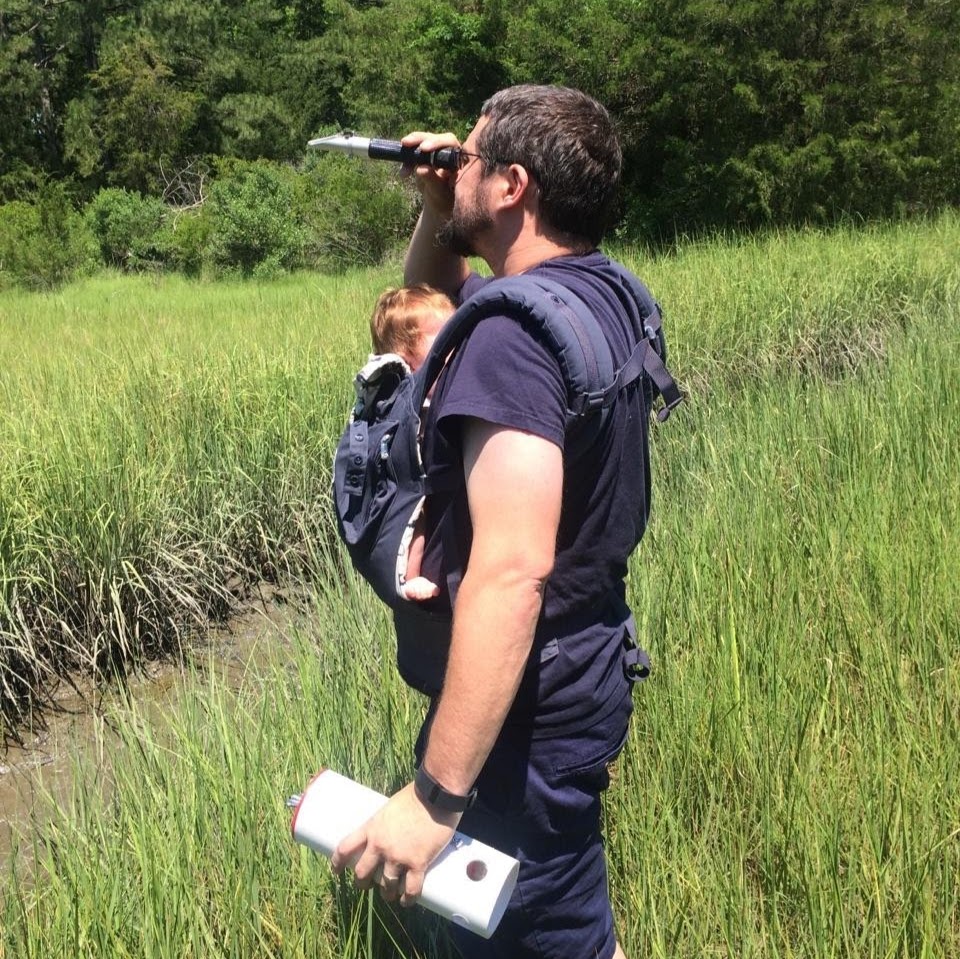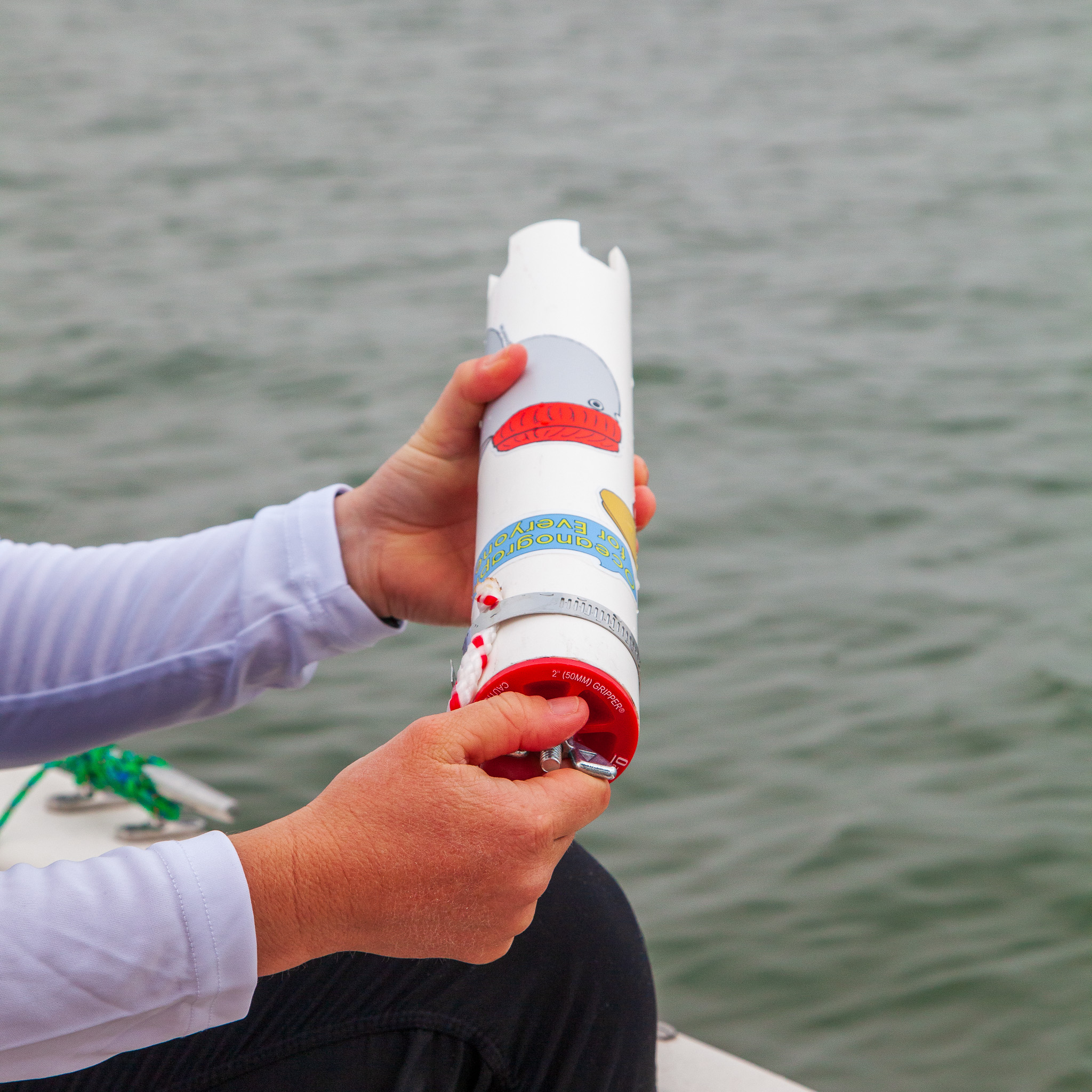low-cost tools for ocean science
A CTD an oceanographic instrument that measures salinity, temperature, and depth.
The OpenCTD is a low-cost, open-source alternative to expensive commercial CTDs. All OpenCTD software and hardware, including 3D printed parts and circuit boards, are released under an MIT license with no restrictions on use.
build your own CTD
The OpenCTD is designed to be built by the end-user, providing broader access to this fundamental tool of oceanography as well as the skills to maintain, calibrate, repair, and replace OpenCTDs.
Construction of an OpenCTD can provide a practical foundation for courses in oceanography and marine or environmental science.
The ocean belongs to everyone.
The tools to study the ocean should be accessible to anyone with the curiosity and motivation to pursue that inquiry. Chief among these tools is the workhorse of oceanography, the CTD a device that measures salinity, temperature, and depth.
The OpenCTD is a low-cost, open-source CTD designed for budget-restricted scientists, educators, and researchers working in nearshore coastal ecosystems. The OpenCTD is developed by a core team of marine ecologists in collaboration with a community of scientists, engineers, makers, and conservation practitioners from around the world. It is assembled from components commonly available at large hardware and electronics stores and major online retailers. All OpenCTD software is released open source with no restrictions on use.
The OpenCTD is built by the end-user, providing both access to the tools of oceanography as well as the skills to maintain, repair, calibrate, and replace OpenCTDs. For scientists working in remote settings, the repairability of the OpenCTD prevents equipment failures from spiraling into project failures. For educators seeking novel, in-depth, hands-on STEM experience for advanced students, the process of building an OpenCTD offers an introduction to coding, 3D-printing, hardware prototyping, and electronics.
OpenCTD Specifications and Limitations
Depth, Accuracy, and Precision
- Maximum Depth Rating: 140 meters
- Maximum Sample Rate: 1 Hz
- Data File Type: .CSV
- Temperature: DS18B20 (3)
- Range: -55 to 125°C
- Accuracy: ±0.1°C
- Pressure: MS5803-14BA
- Range: 0 to 14 bar
- Accuracy: ±20 mbar
- Conductivity: Atlas EZO K1.0
- Range: 0.07 to 500,000 µS/cm
- Accuracy: ±2%
Data Management
The OpenCTD stores raw data files on a local microSD card as a comma-separated variables file which can be opened by all common spreadsheet and database management applications.
In order to minimize the computational load on the OpenCTD and maximize battery life and sampling time, the OpenCTD offloads most of its computational needs to your shore-based computers.
Templates can be found in the OpenCTD GitHub repository to convert raw CTD data into human-readable oceanographic measurements via Excel and Google Sheets.
Hardware Limitations
The measurements produced by the OpenCTD are on par with similar commercial handheld CTDs. The major tradeoff between the sensors used by the OpenCTD and those used in more expensive commercial devices is in the response time of the sensors. The OpenCTD is slow and users should plan on casts descending no fast that half a meter per second. The slower the better.
Data produced by the OpenCTD is acceptable for as wide variety of applications, including ecology, conservation, and management. The OpenCTD is ill-suited for physical and chemical oceanography which requires more precise instrumentation.
Subscribe to our Quarterly Newsletter
Keep up to date with the latest OpenCTD developments. We promise we won’t email you more than 4 times a year.
OpenCTD workshops for universities, community groups, and other organizations
Let us come to you and guide you and your team through a 3-day OpenCTD workshop.
